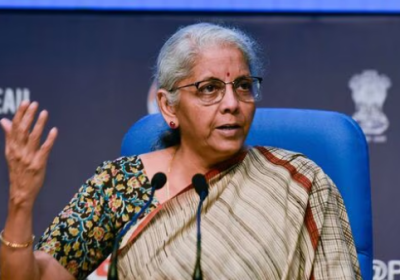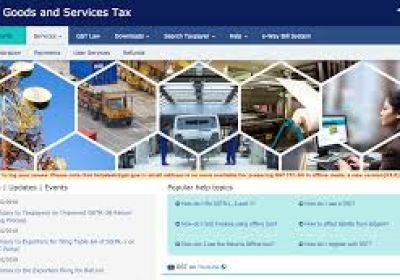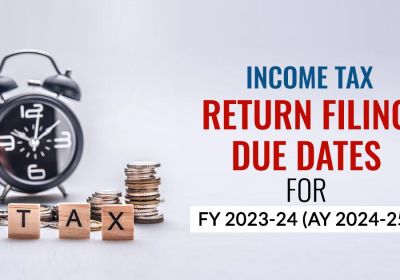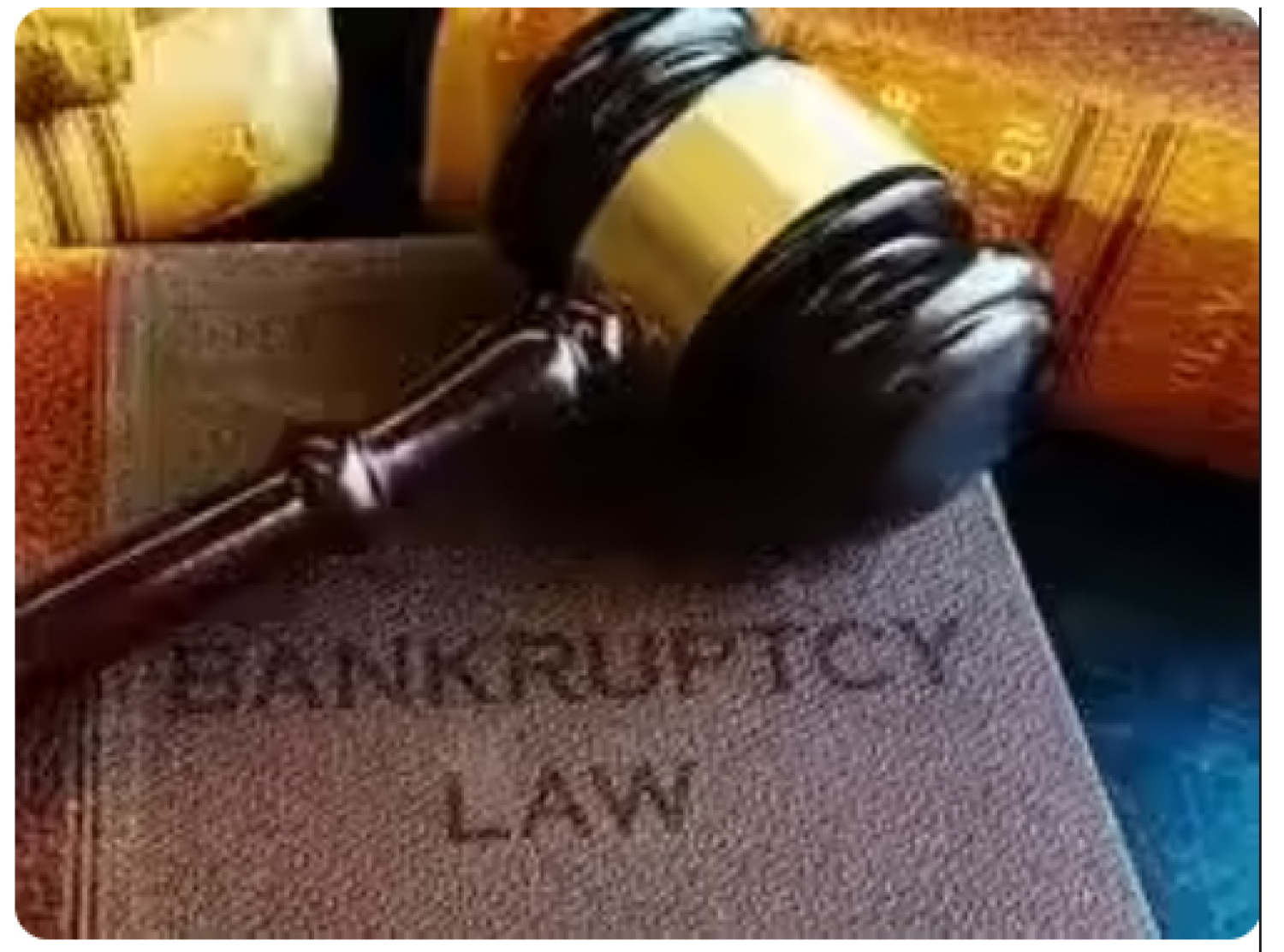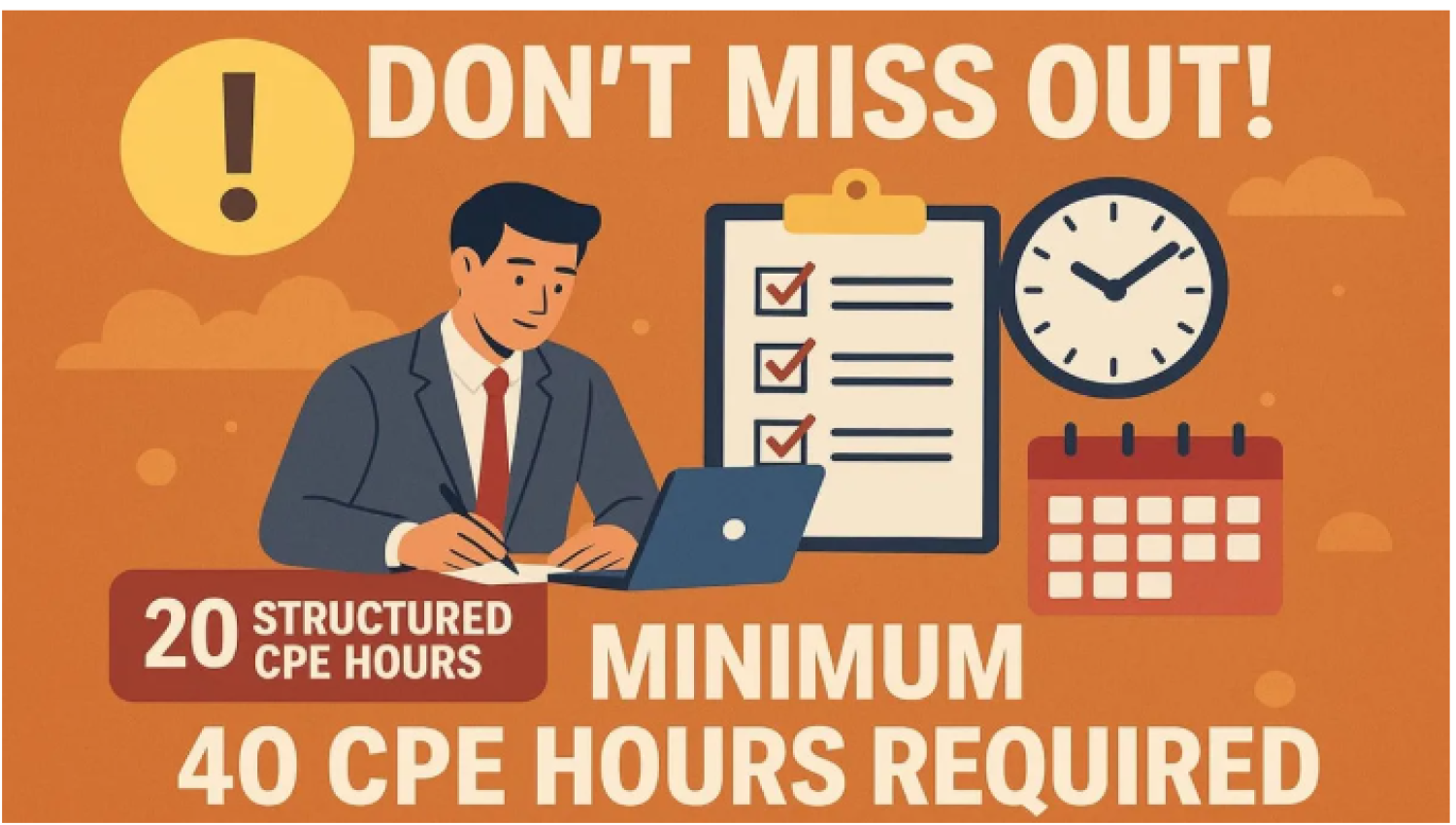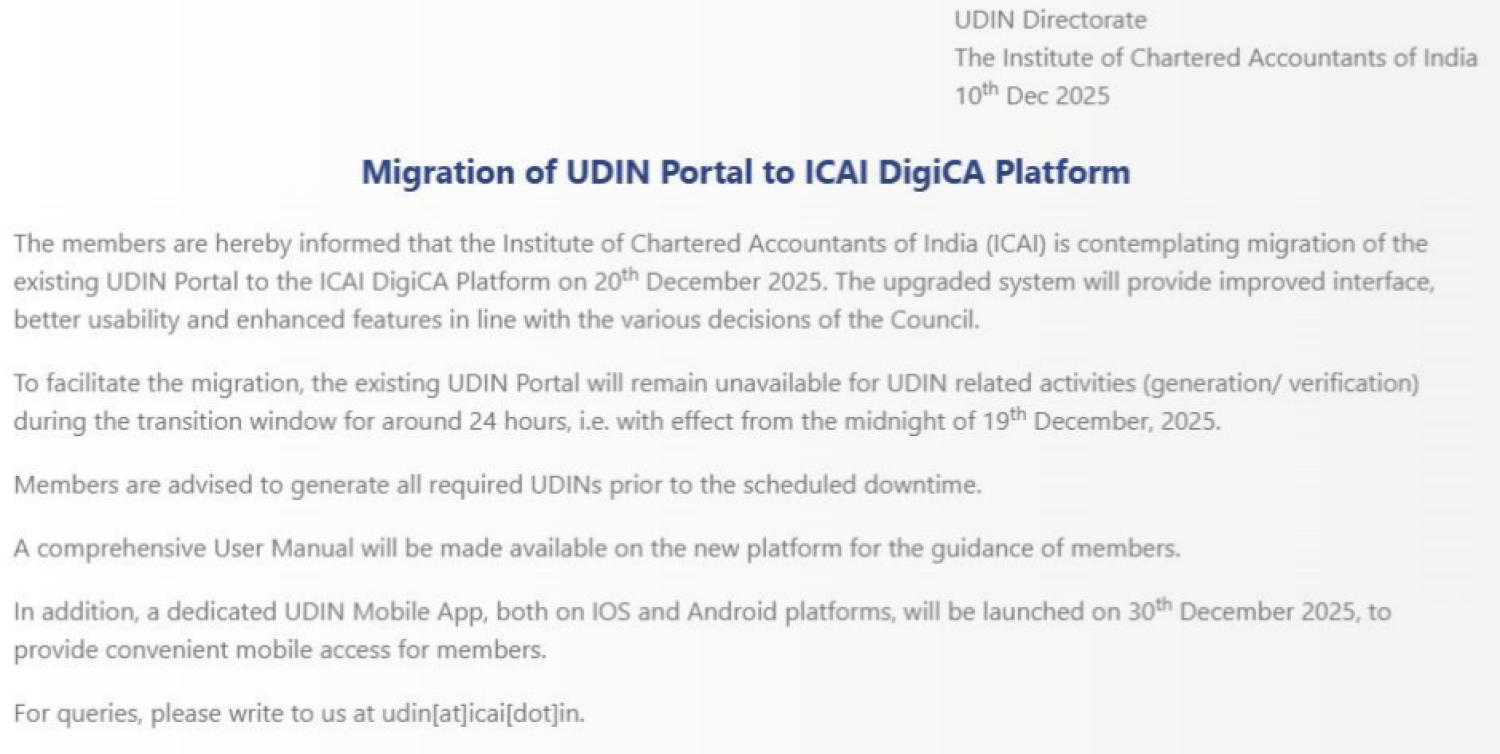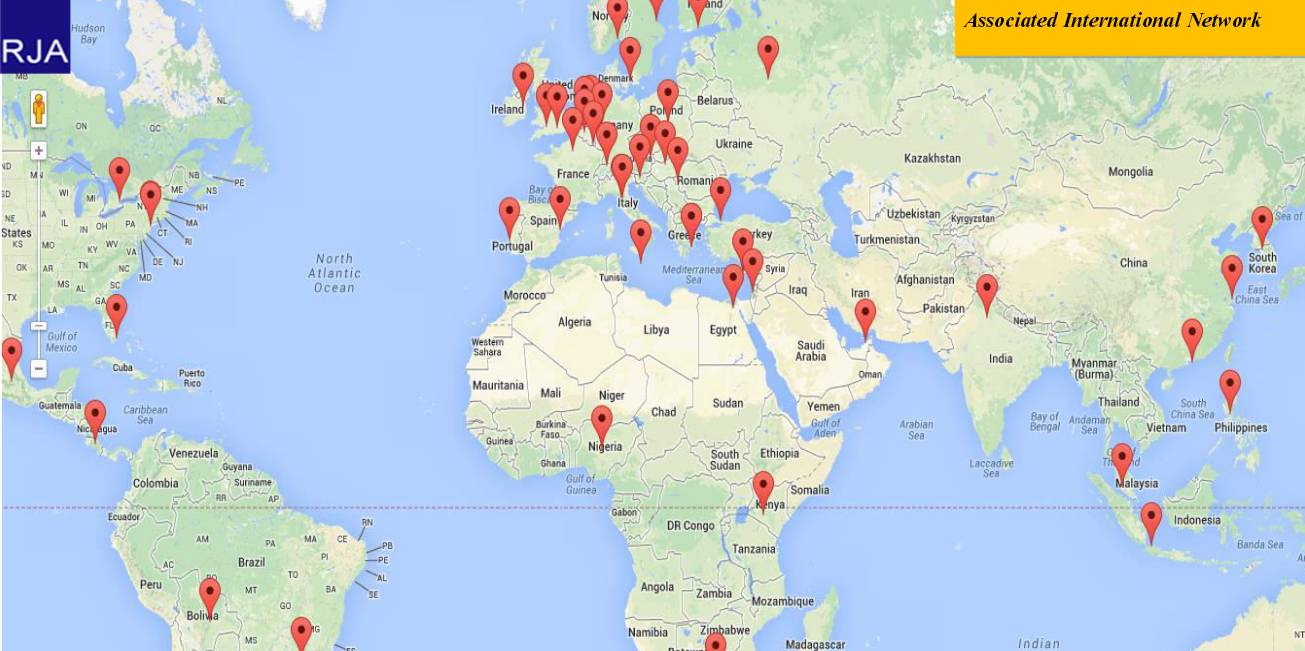
With the model draft of GST law, the industry has been transformed in a great way. This has changed the new industry due to ease of registration, smooth credit flows and a single tax approach.
The business and the State government must be directly involved. This is a basic requirement due to a large number of sector-specific issues which need to be handled carefully.
The telecom sector is one the most significant economic sector which drives a lot of people. There are several indirect issues related to tax which has been actively dealt with by them. This is because a high debt is reached in this sector due to the greater amount of investment. This is why these structures have high hope to improve their economic condition from the newly proposed tax reform. Their hopes have remained fatal at least for now. This is because no major improvement has been noticed in this sector.
The proposition of the GST law has led the state to get the power to levy taxes and services as well. This, in turn, helps to decentralize the registration and compliance requirements. It brings before us a proper definition of ‘place of supply which helps us to avoid any kind of judicial controversies.
Place Of Supply
The supply provisions which include the draft phase contain supply provisions separately within a clause. This clause deals with the telecom services and the unwarranted difference which are created on the basis of the nature of the service which is provided. It might be pre-paid or post-paid in nature. The person can also purchase by physically paying with the help of recharge vouchers. This, in turn, creates conflicts that are unnecessary and disparities are also faced by them.
The situation is made more complex by operating the TelCos on the basis of service area/circles. Therefore, we can evaluate the revenues State-wise. This needs a huge amount of IT and accounting system.
Intra Circle Roaming
The Multi-State circles give significant importance to another major aspect which is known as intra-circle termination and intro-circle roaming. Both relate to the same operator. There is no particular way in which TeleCos can track the intra-circle termination and roaming services at this time. Moreover, the way we analyze the needs especially the self-supplying materials come into the tax net in the proposed GST regime. It is also taken for granted that Multi-State registrations are replaced by the TeleCos which permits a single Pan- India registration.
Tax Rates
The debate regarding the fixing of the GST rate is still continuing. It is taken as 18% as proposed by the report of the Chief Economic Advisor. The tax rate is a great issue of discussion and it is expected that with the introduction of the GST law there happens to be a sudden increase in the charges for the ultimate consumers of telecom services. A tax rate of about 15% is attractive.
Lack of uniformity in the GST rate can cause great difficulties in the recharge coupons for pre-paid customers. It is unfortunate that the problem of inadmissibility of credits which relates to the expenditure of passive infrastructure does not seem to have clearly addressed in the draft model GST law and there still remains a huge amount of credit that blocks the regime is proposed. It does not make it difficult for the proper flow of credit but also is one of the hallmark principles of the GST regime. It also initiates a fresh round of litigation for the rising sector.
The concept of ‘composite supply’ also needs to be addressed when we talk about the telecom service provider. There is silence existing in the GST law regarding this concept. It just provides us with the definition of the term.
Operational Difficulties
The GST law has a great impact on the compliance requirements that bring about tax reforms. We come across the concept of credit matching which is defined in the GST law. This makes the system all the more transparent in nature. It is one of the hardest nuts to crack. It might also act as a Pandora’s Box which talks about the SIM cards, recharge coupons etc.
With the increase and high usage of internet services, it makes it essential that the burden of high costs which the telecom services are going through is minimized.
Infrastructure In Telecom Industry
There is a kind of conflict which is exist among the telecom companies with the tax authorities in order to claim the CENVAT credit for the materials which is used for the construction of towers and shelters. There is a particular restriction which is provided. There exists a prohibition of the input tax credit of goods and services which are used for goods and services and for constructing immovable properties.
Mobile Wallets
There are several diversities that exist among the telecom companies that engage in a number of telecom services which includes mobile wallets and PwC points. These need to analyze and each of its nature needs to be evaluated to gain knowledge of the impact of such transactions. This is, however, a very complicated process because the telecom companies make payments that include bank licenses by which they start their operations.
The SIM cards are now made free from the service taxes which were charged earlier. However, every aspect of the sale of these SIM cards is changeable according to the GST law.







